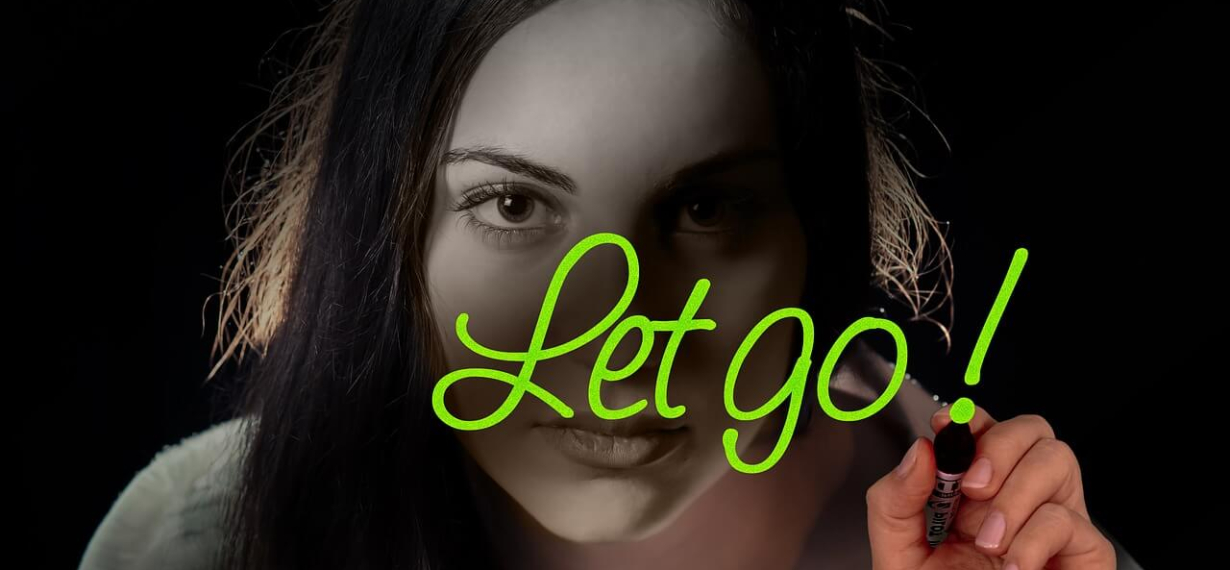
Nobody needs an explanation of the term such an emotional residue. Everyone is surely familiar with this achingly-scraping sensation in the chest area, the weight of depression, headaches, and a loss of energy.
Whatever form it takes for you, it’s not a pleasant sensation. But where does it come from, and more importantly, how can we clear it?
«Emotional residue» or «emotional sludge» builds up from incomplete situations or unresolved internal conflicts. It is a kind of lingering aftertaste of the situation, which causes us negative emotions and negative experiences that haven’t been fully processed.
Emotional residue can accumulate from various life situations, including:
We all use different “masks” in our lives since it is not always safe and comfortable for us to say what we really think and do what we really want.
We live simultaneously in several worlds – our inner and the outer worlds. Therefore, moments of inconsistency are frequent and will inevitably accompany us throughout life. But this also leads to internal irritation and emotional disbalance.
Emotional residue can significantly affect your mood and energy levels, leaving you feeling depleted and unable to perform at your best. It can also disrupt your relationships, as unresolved emotions often surface in your interactions with others.
Cleansing this residue is essential for emotional healing and restoring balance in your life.
There are many methods for deep cleansing of the emotional reservoir, and one of the most effective is the Sedona method.
The famous American psychologist Hale Dwoskin developed this method in 1974. The purpose of this method is to release negative emotions, which, from time to time, accumulate in our emotional reservoir.
The process of releasing is very natural for a person. On the physical level, this process is established and works easily, but on the emotional level, it is necessary to master this process and start it, so to speak, from scratch.
When you release the emotional residue, you cleanse your emotional reservoir for new positive emotions, opportunities, and solutions.
The first step is to ask yourself: “What am I feeling right now?” Describe the feeling or an emotional state you’re experiencing in the current moment. It might be anger, sadness, frustration, or something else entirely. For example: “I am feeling …”
Next, ask yourself: “Am I ready to accept this feeling?” Say: “I accept this feeling…” Acceptance is crucial for transforming or releasing this feeling. Just as you must first hold a stone before throwing it, you must acknowledge your emotion before letting it go.
Now, ask: “Do I wish to release this feeling?” Say: “I want to release this feeling …” By answering this question, you set a clear intention to let go of the negative emotion.
Finally, ask: “When am I ready to release this feeling?” You need to identify when exactly you want to release this feeling. Choose a specific moment – for example, “Right Now!” You can also imagine how you are letting go of these feelings together with a deep and long exhalation.
You must ask these four questions cyclically until the emotional state changes to a positive or neutral state. If you must spend 20 cycles to let go of the feeling, do it!
If you find it difficult to do this exercise alone, let a friend or a person you trust ask you these questions. Or, best of all – a psychologist, hypnotherapist, coach, or any other “doctor of the human Soul,” someone who can hold space for you during this process.
Often, the presence of another person is all we need to feel supported and heard as we navigate our emotional healing.
If you want me to be this person and guide you through the process, contact me here.
If you liked this article, please like my Facebook page and subscribe to my YouTube channel for additional video resources.
Heal your old patterns and blocks to attracting and creating a loving relationship with our FREE Love Affirmations Worksheet “Daily Affirmations to Attract and Sustain Love”.

“Thank you so much, Inga! My daughter accomplished more in one session with you than she has in over three years of traditional therapy and seems to have been transformed in less than a couple of days. I can’t wait to see how much she progresses as she continues her sessions with you!”
– Sandra Watson,
Phoenix, Arizona
“I am a firm believer that the mind controls our body and that we can tell our mind to do almost anything. I believe in the saying: “If you can conceive it, if you believe it, you can achieve it”. I enjoy your class so much. Your voice is so beautiful and soothing. You make learning so easy for us to learn so many interesting things. Thank you for all your help and for being you!”.
– Henry Narozny,
Scottsdale, Arizona
“Inga is a wealth of knowledge and helped me overcome struggles that I wasn’t ready to let go of in my close relationships. She helps me see things from a different perspective (mind-body-spirit). I appreciate her well rounded approach and the variety of resources she provides. For example, her segment in the book Mastery of the Mind reminded me to mentally detox my self-berating habit. Her meditations are powerfully spot on to help lower stressful moments for me. I’d describe Inga as a compassionate, caring, highly intelligent, and immensely helpful professional. If you’re struggling with relationships or want to improve your interpersonal development, I highly recommend you try her out”.
– Lynda Lee,
Scottsdale, Arizona
“Inga pours a lifetime of expertise, insight, and knowledge into her sessions with clients, who inevitably walk away with a richer understanding of themselves (and resources they can turn to after the end of the session to revive that spark of understanding). Personally, I learned a lot about myself, namely the forces that were afflicting me to the point of being recommended to visit her by a dear friend. She is the first person who successfully performed hypnotherapy for/on me, and I am grateful for that experience to this day (years after the fact). 100% recommended for anyone open to healing and being heard by a master of her craft.”.
– Vineet Dixit,
Cave Creek, Arizona
“My very first guided imagery session was with Inga. She took the time to explain to me what hypnotherapy is, what to expect, and how to work towards achieving the desired outcome. Inga is a gifted therapist with a natural ability to connect with her clients. Her voice is calming and soothing. Inga’s presence and energy are positive and uplifting. My experience couldn’t have been any better. I highly recommend Inga to anyone who is looking for a great experience.”
– Stephanie Vlasich,
Tempe, Arizona
“Inga is very positive and welcoming. She takes all of the client’s concerns into consideration, offers great imagery, and uses very positive techniques and great feedback. The setting is very relaxing, and her thoughts are complete with a soothing voice. Very calm and relaxing. Thank you, Inga.
– Monique Kelly,
Phoenix, Arizona